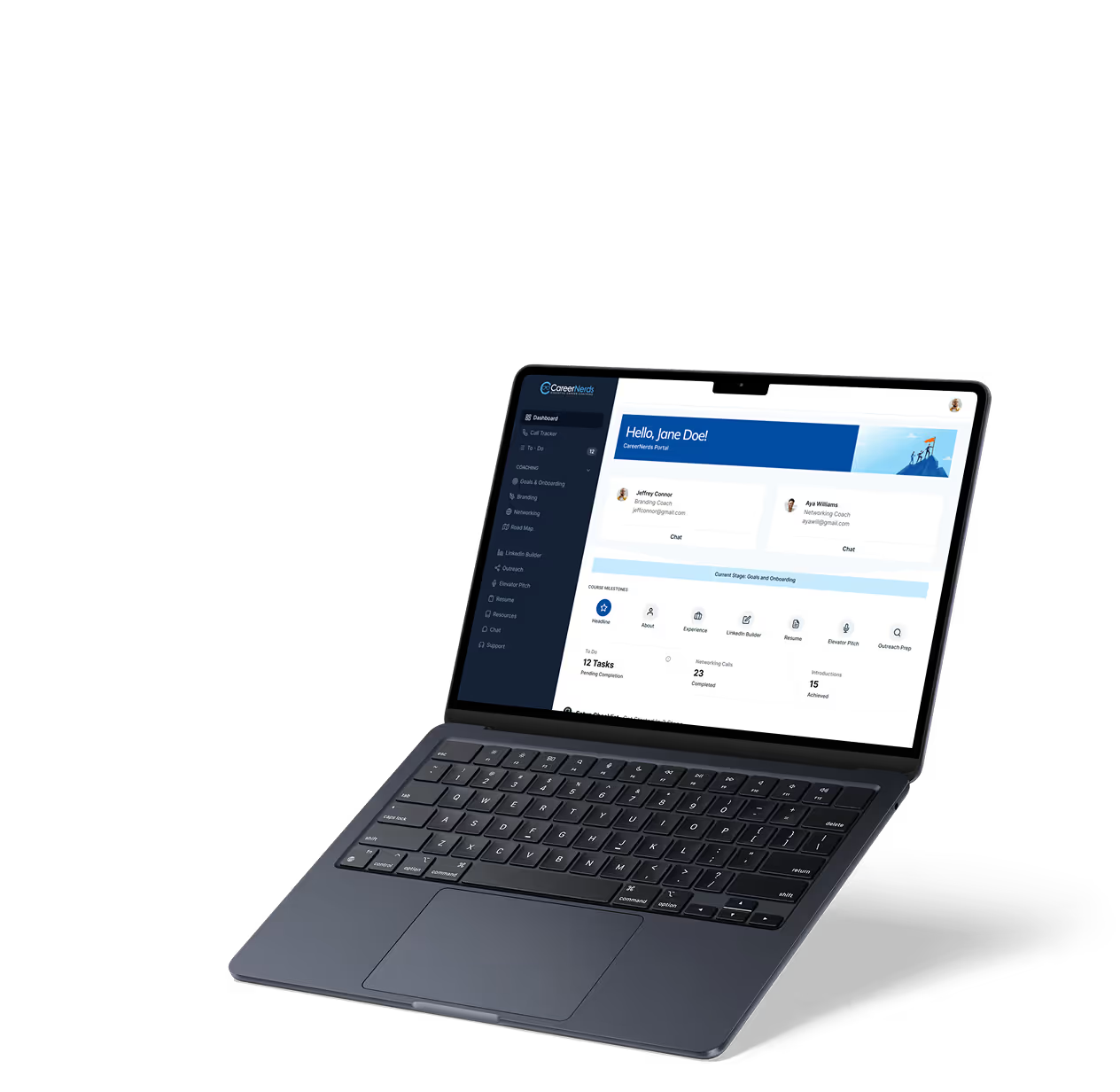Workflow in Automation
Automation
Explore how workflow in automation streamlines tasks, boosts efficiency, and transforms business processes effectively.
Introduction to Workflow in Automation
When you think about making your daily tasks easier, workflow in automation is a powerful tool to consider. It helps you connect different steps and tools so that work happens smoothly without constant manual effort.
Whether you run a small business or manage a team, understanding workflow automation can save you time and reduce errors. Let’s explore how it works and why it matters for your productivity.
What Is Workflow in Automation?
Workflow in automation means setting up a series of tasks that happen automatically based on certain triggers or rules. Instead of doing each step yourself, you create a flow where one action leads to the next without extra input.
This process can involve simple tasks like sending emails or complex ones like updating databases and generating reports. The goal is to make work faster and more consistent.
- Triggers start the workflow, such as receiving a form submission.
- Actions are the steps taken automatically, like sending a notification.
- Conditions control the flow, deciding what happens next based on data.
Tools like Zapier, Make, and Microsoft Power Automate help you build these workflows without coding.
Benefits of Using Workflow Automation
Workflow automation offers many advantages that can transform how you work. Here are some key benefits you’ll notice:
- Time Savings: Automate repetitive tasks to focus on more important work.
- Consistency: Ensure processes happen the same way every time, reducing mistakes.
- Improved Collaboration: Share workflows across teams to keep everyone aligned.
- Scalability: Easily handle more work without adding staff.
- Better Tracking: Monitor progress and spot bottlenecks quickly.
For example, a marketing team can automate lead follow-ups, so no potential customer is missed.
How to Design an Effective Workflow
Creating a good workflow starts with understanding your process clearly. Follow these steps to design one that works well:
- Map Your Process: Write down each step from start to finish.
- Identify Repetitive Tasks: Look for tasks that happen often and can be automated.
- Choose Triggers and Actions: Decide what starts the workflow and what happens next.
- Set Conditions: Add rules to handle different situations.
- Test and Refine: Run your workflow and adjust it based on results.
Using no-code tools like Bubble or Glide, you can visually build workflows with drag-and-drop interfaces, making it easy to experiment and improve.
Popular Tools for Workflow Automation
Many platforms help you create workflows without writing code. Here are some popular options:
- Zapier: Connects over 5,000 apps to automate tasks like email, CRM updates, and social media posting.
- Make (formerly Integromat): Offers advanced automation with visual scenario builders and complex logic.
- Microsoft Power Automate: Integrates deeply with Microsoft 365 apps for business workflows.
- Bubble: Allows building full web apps with custom workflows inside the platform.
- Glide: Creates mobile apps with automated data flows from spreadsheets.
Choosing the right tool depends on your needs, technical comfort, and the apps you use daily.
Real-World Use Cases of Workflow Automation
Workflow automation is used across industries to improve efficiency. Here are some examples you might relate to:
- Sales: Automatically add new leads from a website form to a CRM and send welcome emails.
- HR: Streamline employee onboarding by automating document collection and training reminders.
- Customer Support: Route support tickets to the right team and send status updates automatically.
- Finance: Automate invoice approvals and payment reminders to speed up cash flow.
- Marketing: Schedule social media posts and track campaign results without manual work.
These examples show how automation can free up your time and improve accuracy.
Challenges and Best Practices
While workflow automation is powerful, it can have challenges. Here’s what to watch for and how to succeed:
- Over-Automation: Avoid automating too many steps at once; start small and expand.
- Complexity: Keep workflows simple to reduce errors and make maintenance easier.
- Data Quality: Ensure your data is accurate to prevent workflow failures.
- Monitoring: Regularly check workflows to catch issues early.
- User Training: Help your team understand how workflows work and how to use them.
Following these tips will help you get the most from your automation efforts.
Conclusion
Workflow in automation is a game-changer for anyone looking to save time and improve work quality. By connecting tasks and tools, you create smooth processes that run on their own.
With the right design, tools, and care, you can build workflows that fit your needs perfectly. Start small, learn as you go, and watch your productivity grow with automation.
FAQs
What does workflow in automation mean?
Which tools are best for creating automated workflows?
How can workflow automation benefit my business?
What are common challenges in workflow automation?
Can I build workflows without coding skills?
What are some real examples of workflow automation?
Related Terms
See our numbers
315+
entrepreneurs and businesses trust LowCode Agency
Investing in custom business software pays off
he team at LowCode Agency didn't just build an app, they transformed how we approach client management. They took the time to understand our methodology and created a solution that enhanced rather than replaced what made us successful.
75%
reduction in time spent on client management through automation
40%
increase in coach productivity within the first month

Tom Kent
,
Founder & CEO
Career Nerds



%20(Custom).avif)